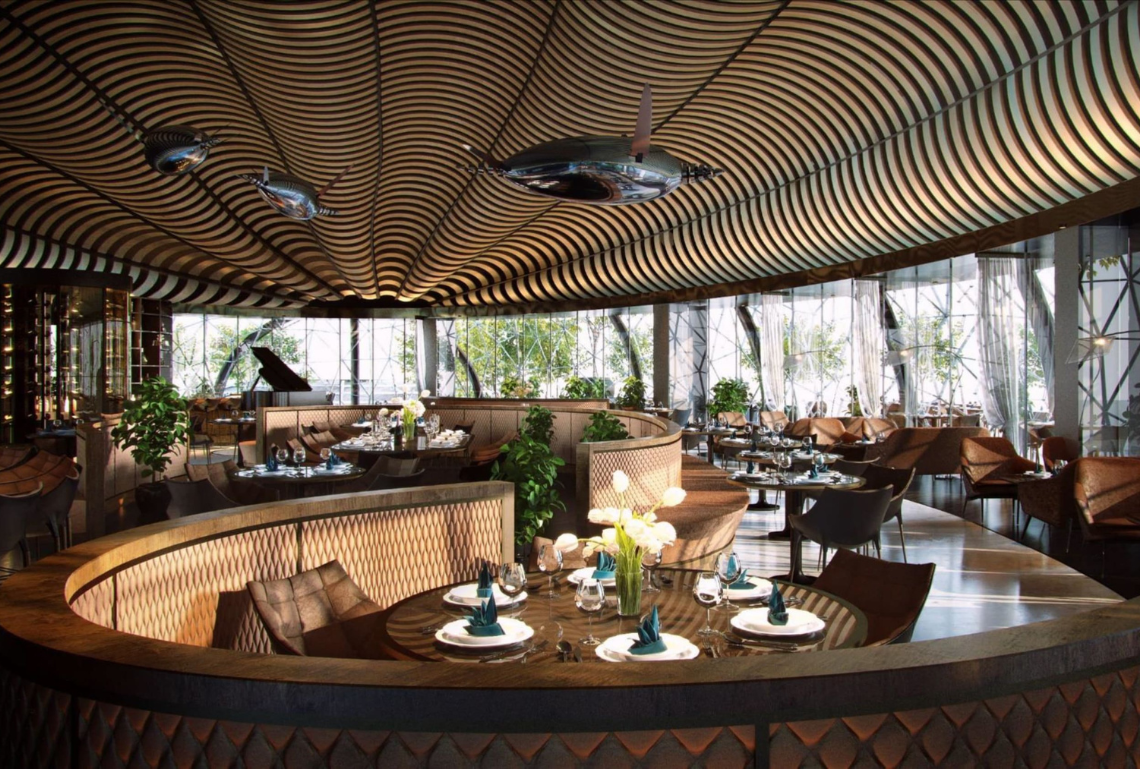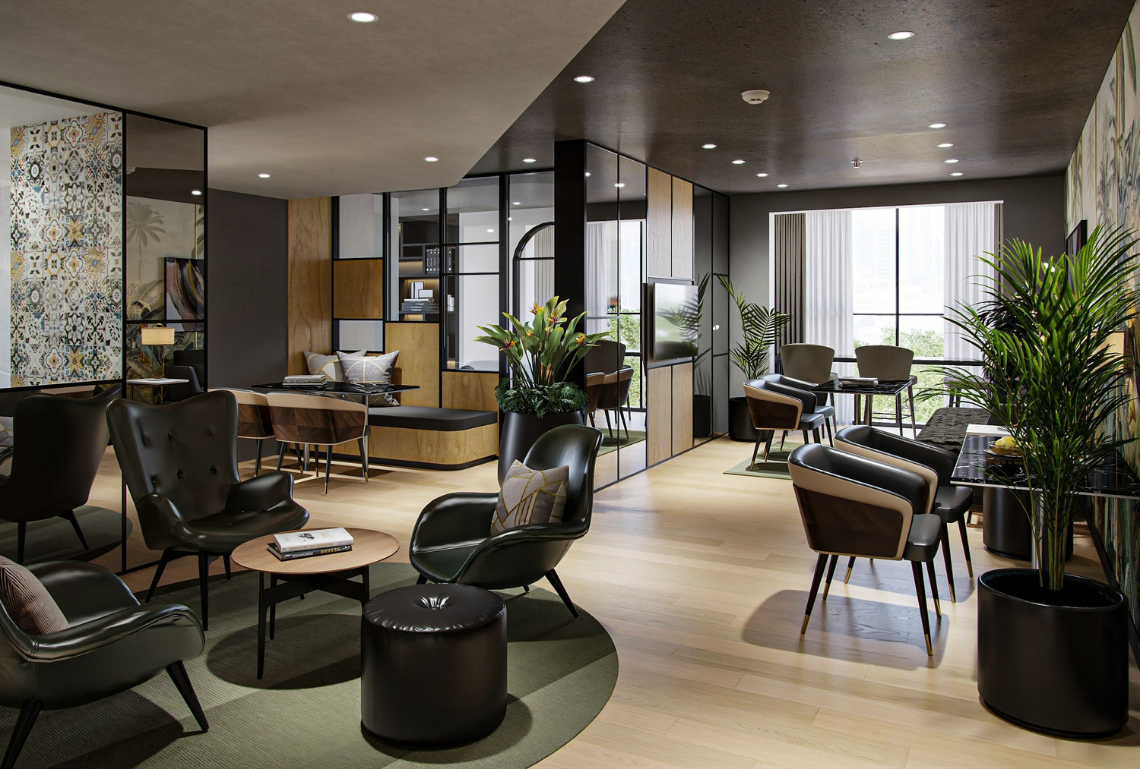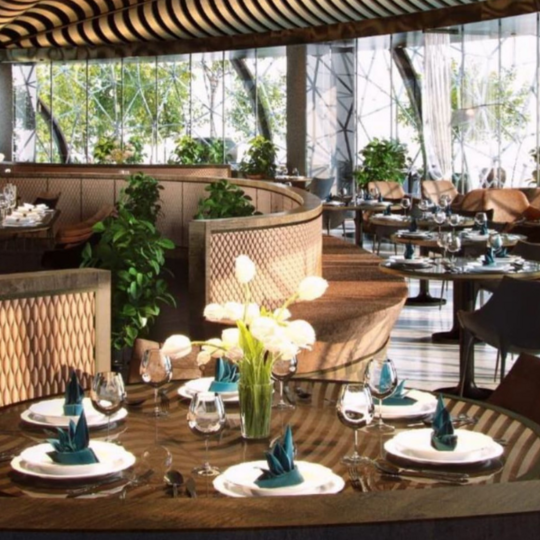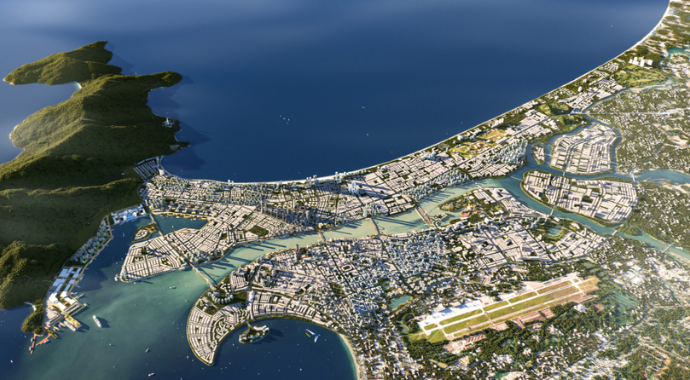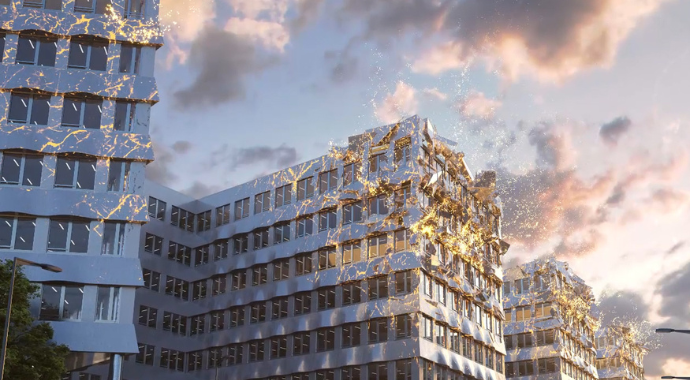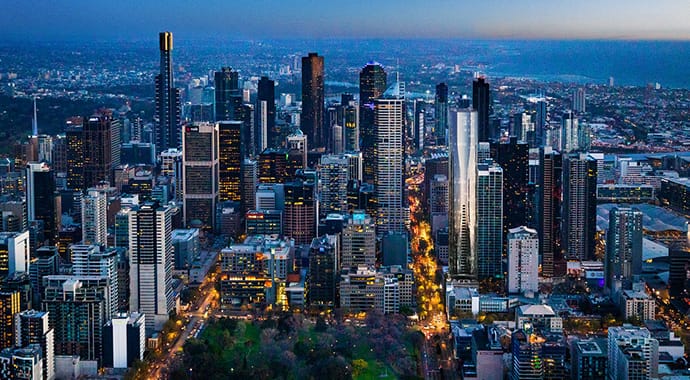Unleash the holiday spirit and make your renders jingle all the way by unwrapping some archviz tips and tricks gifted from BOC Studio.
Last month, we introduced you to Nguyen Duong Thanh, 3D artist and Founder of BOC Studio, and how they use Anima 4D human models in their projects. Now that the holiday season is approaching, we've teamed up with BOC again to bring you some early presents under the tree and share some heartwarming Vietnamese traditions with you. So, what are these gifts? They're none other than helpful visual storytelling tips, Phoenix testing tricks, and some inspiration for creating captivating architectural films. Get ready to unwrap them as you keep reading! 🎁

The rise of archviz services in Vietnam
Vietnam's architectural visualization industry differs from global standards, with various directions catering to different needs. As a rapidly developing nation, Nguyên shares that Vietnam is experiencing a surge in construction demands, ranging from large-scale urban planning projects for entire cities to individual real estate ventures like residential buildings and coastal resorts. With a coastline spanning over 2,000 km, Vietnam has immense potential for seaside resort projects that can last for decades, even centuries.
As a result, the demand for architectural visualization services in Vietnam is steadily increasing. At the same time, the country is witnessing the emergence of a growing number of talented Archviz Artists. Many of these professionals have successfully taken on global projects, showcasing their skills and expertise on an international stage.
Vietnam excels in producing a wide range of architectural visualization products that meet international standards. These include still images, archviz films, 360 tours, and interactive visualizations. The industry's proficiency in delivering these diverse types of visualizations contributes to Vietnam's standing in the global architectural visualization arena.
Unwrapping the elements of visual storytelling
In Nguyen's opinion, the most crucial element of visual storytelling is culture. He believes that culture is not only an inherent characteristic of architectural designs worldwide but also serves as a bridge between the design's intent and its audience.
When visualizing a design concept, Nguyen emphasizes three primary elements: composition, storytelling, and color palette. He asserts that each of these elements is influenced by the inherent culture associated with the architectural piece. Nguyen believes that culture plays a significant role in determining the climate, the nature of its people, the unique atmosphere of its region, and any historical lineage. He argues that capturing the essence of culture is therefore essential for successful visual storytelling.
Christmas and New Year — Vietnamese style
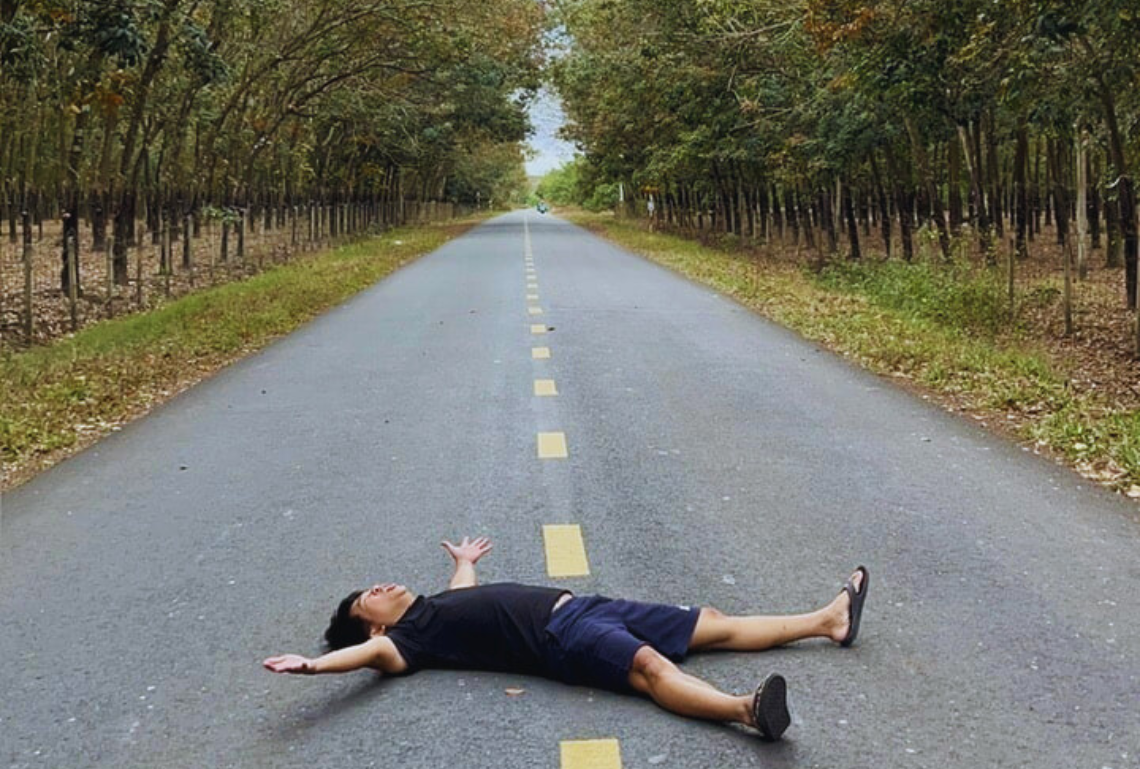

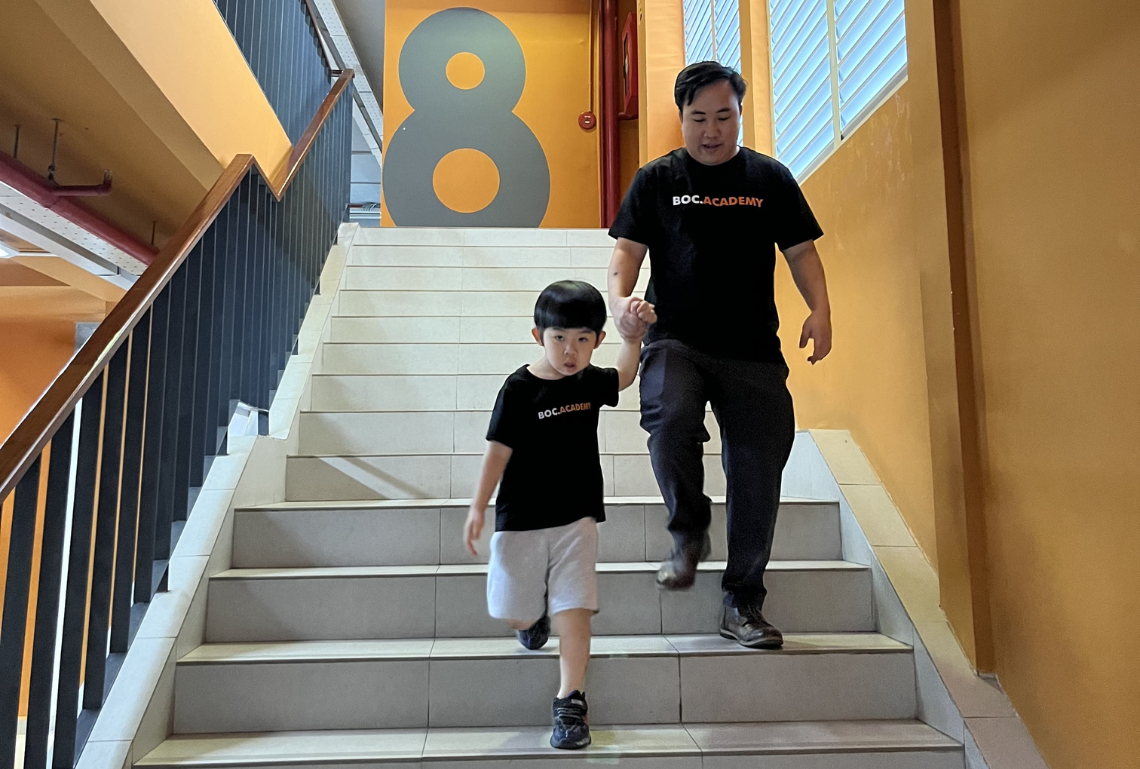

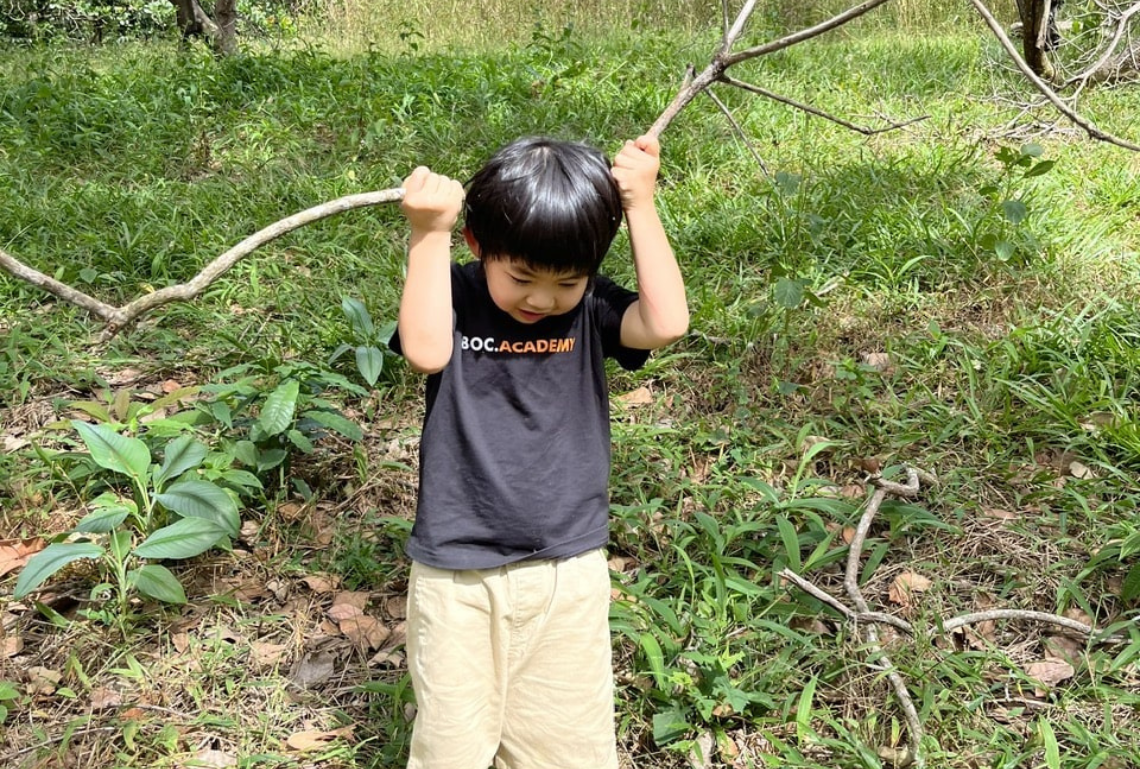


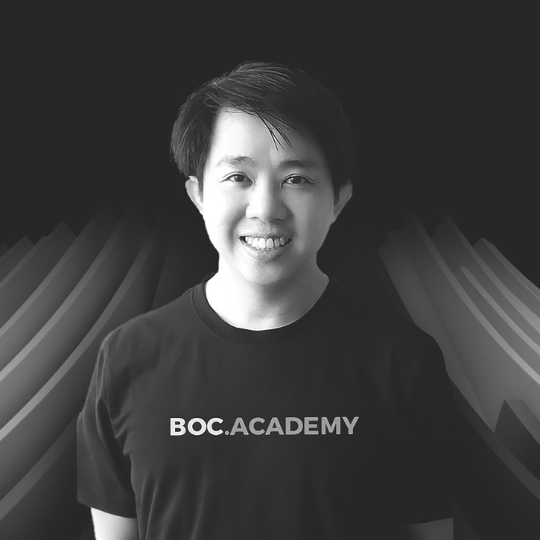
"The traditional Tết of Vietnam, our New Year celebration, brings families together around the fire to cook Chưng cake over New Year's Eve. This simple yet profound tradition embodies the values of togetherness, simplicity, and cultural heritage. The symbolic dishes of Giầy cake and Chưng cake have been part of our celebrations since the era of the Sixth Hùng King, around 1700 BCE. Giầy cake symbolizes the sky, while Chưng cake represents the Earth and is filled with meat and green beans. These cakes reflect our culinary culture, filial piety, respect for Heaven and Earth, and love for our homeland. They also showcase our culture's ability to find profound meaning in everyday ingredients."
Nguyen Duong Thanh, Founder, BOC Studio
Infusing enchantment into archviz films
To make architectural films come alive, CG artists might consider some of the following tips from BOC’s experience:
- Understand the functionality: Start by understanding the purpose and target audience of the architectural design.
- Invest in the story: Focus on the spatial experience of the structure. The continuity between film shots based on this spatial experience and artistic elements will guide viewers to grasp the idea and message you aim to convey.
- Smooth motion for key shots: For the most crucial and impactful shots, ensure smooth movements of objects like people, vehicles, trees, and water surfaces. This continuity will enhance the viewing experience.
- Materials and lighting: These are vital elements. Incorporate the element of time as well, as every architectural piece is interwoven with time, giving it a historical context and testament to its utility.
- Sound and music: Use sound and music pacing to guide emotions. Both visual and auditory elements, when skillfully designed, can evoke powerful emotions. You might consider crafting scripts for the film's climactic portions, highlighting the architectural project's most outstanding parts.
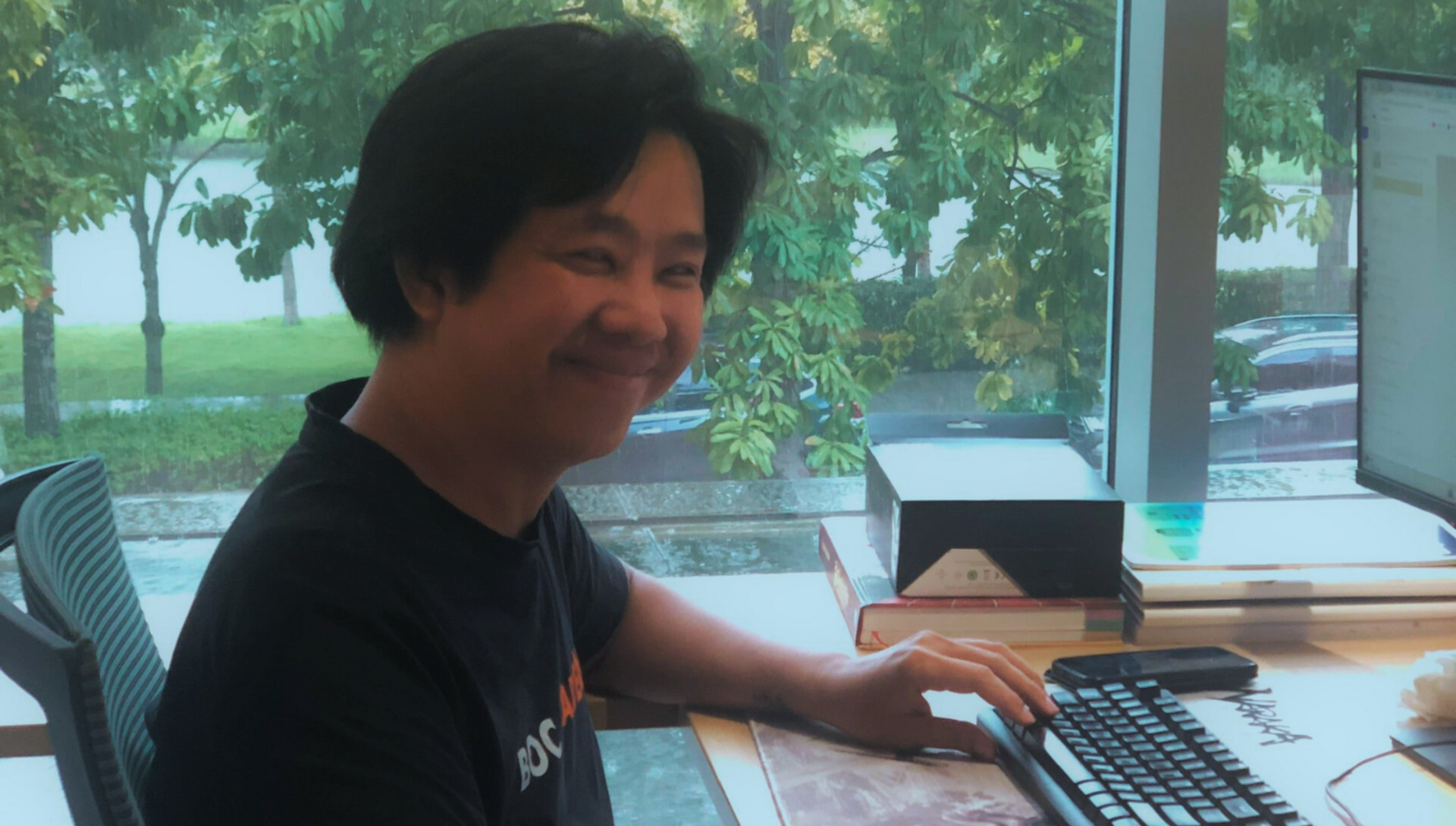
Santa baby, put a new graphics card under the tree
Let’s speak hardware. BOC’s hardware configuration is as follows:
- 128Gb Ram
- RTX 3090
- SSD NVMe 1TB (OS - Software).
- SSD NVMe 2TB (Projects)
- SSD NVMe 8TB ( Simulation: Phoenix, GrowFx v.v…)
In BOC’s studio, the configurations of the other machines are quite similar, sometimes the CPU is a 12th or 13th-generation Intel Core i9.
Before fully transitioning to Chaos Vantage, BOC used to render with a V-Ray CPU, and the AMD Ryzen Threadripper PRO 3975WX proved to be an excellent choice price-wise. It struck a good balance between clock speed for modeling work and a high core count for rendering. Having a powerful CPU also sped up testing and simulations with software like Phoenix or GrowFx. Later on, for rendering, BOC primarily used Chaos Vantage with GPUs, and the RTX 3090 with 24GB of VRAM is an excellent choice.
The 24GB VRAM provides ample resources to handle large or complex scenes. Just check out the video below – a very large scene that BOC managed to render effectively by consuming a little over 12GB of VRAM.
Crafting a testing strategy
When testing out software to figure out the right approach for each animation, BOC’s primary strategy is always grounded in observation and research. Here are the steps they went through when testing out Phoenix’s capabilities:
- Real-life Reference: They always began by examining real-world effects to gain a clear understanding of what they aimed to recreate in Phoenix.
- Resource Utilization: After pinpointing the exact elements of the effect they wished to simulate, their next step was to refer to Chaos's documentation page. This provided them with essential tutorials and parameters related to the desired effects.
- Starting Simple: Their initial tests were executed on a basic box setup, unrelated to the main project. This is mainly to gauge Phoenix's parameters against their scene's scale.
- Quality Increment: Once comfortable with the initial results, they would elevate the simulation quality to ensure enhanced precision in the effects. However, an essential learning point was the need to sometimes accept minor imperfections, especially with complex and multi-faceted effects which can be time-consuming to simulate again.
- Separate Rendering: For some archviz projects, BOC would render individual effects like fire, smoke, or water separately. This allowed them greater flexibility in post-production, where they would combine these sequences using After Effects for the desired outcome.
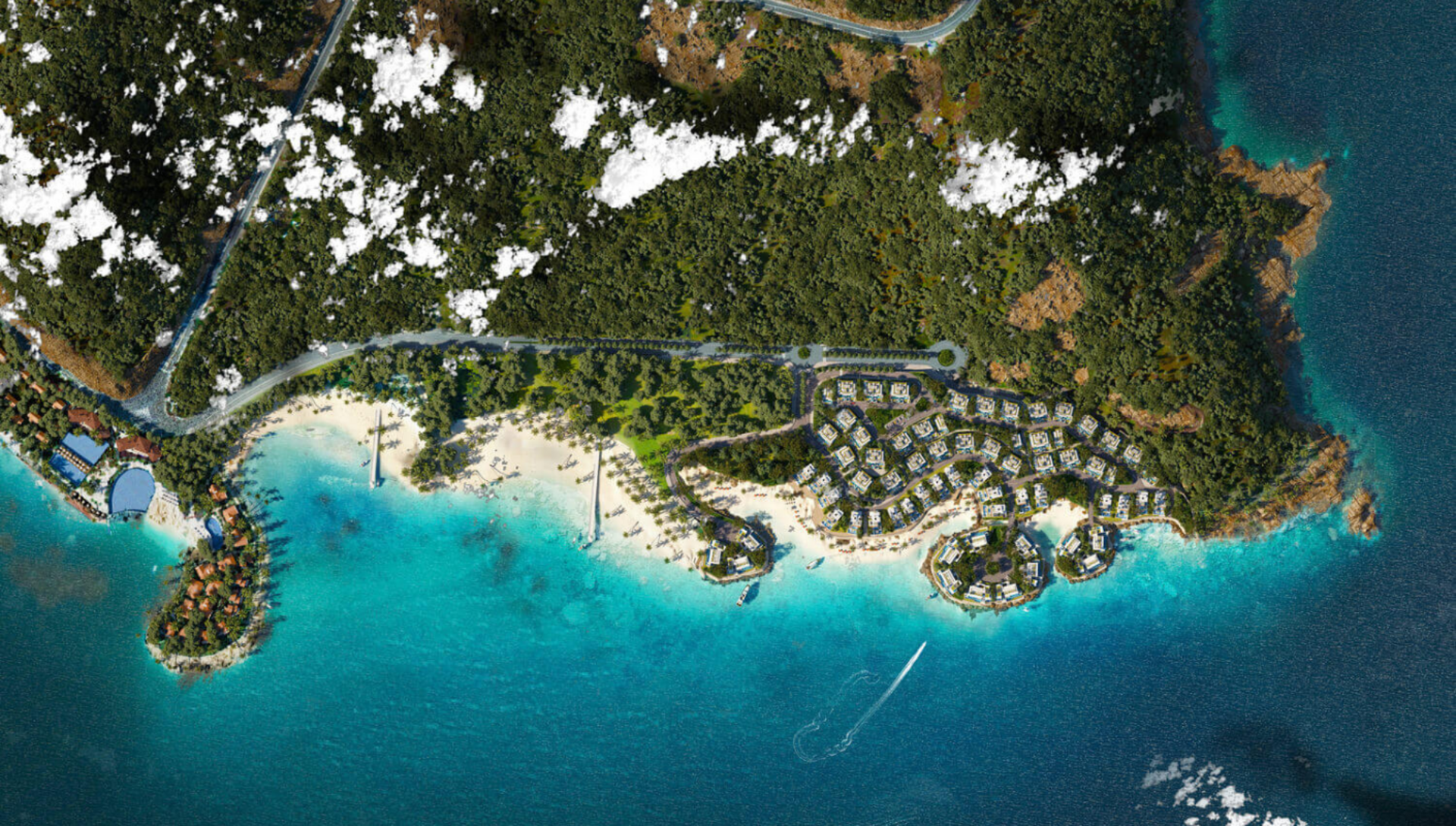
Is creativity innate or nurtured?
BOC believes creativity is a blend of nature and nurture. While some people seem born with it, everyone can grow their creative muscles. Nguyen explains:
Just like we develop friendships or learn to cook our favorite dishes, with practice and an open mind, our creative spark can shine brighter. Engaging in new experiences, learning from others, or simply dedicating time to our passions can fan the flames of our innate creativity. In essence, it's a journey, and we all have the potential to make it a vibrant one.
Duong Thanh Nguyen, Creative Director & Founder, BOC Studio

